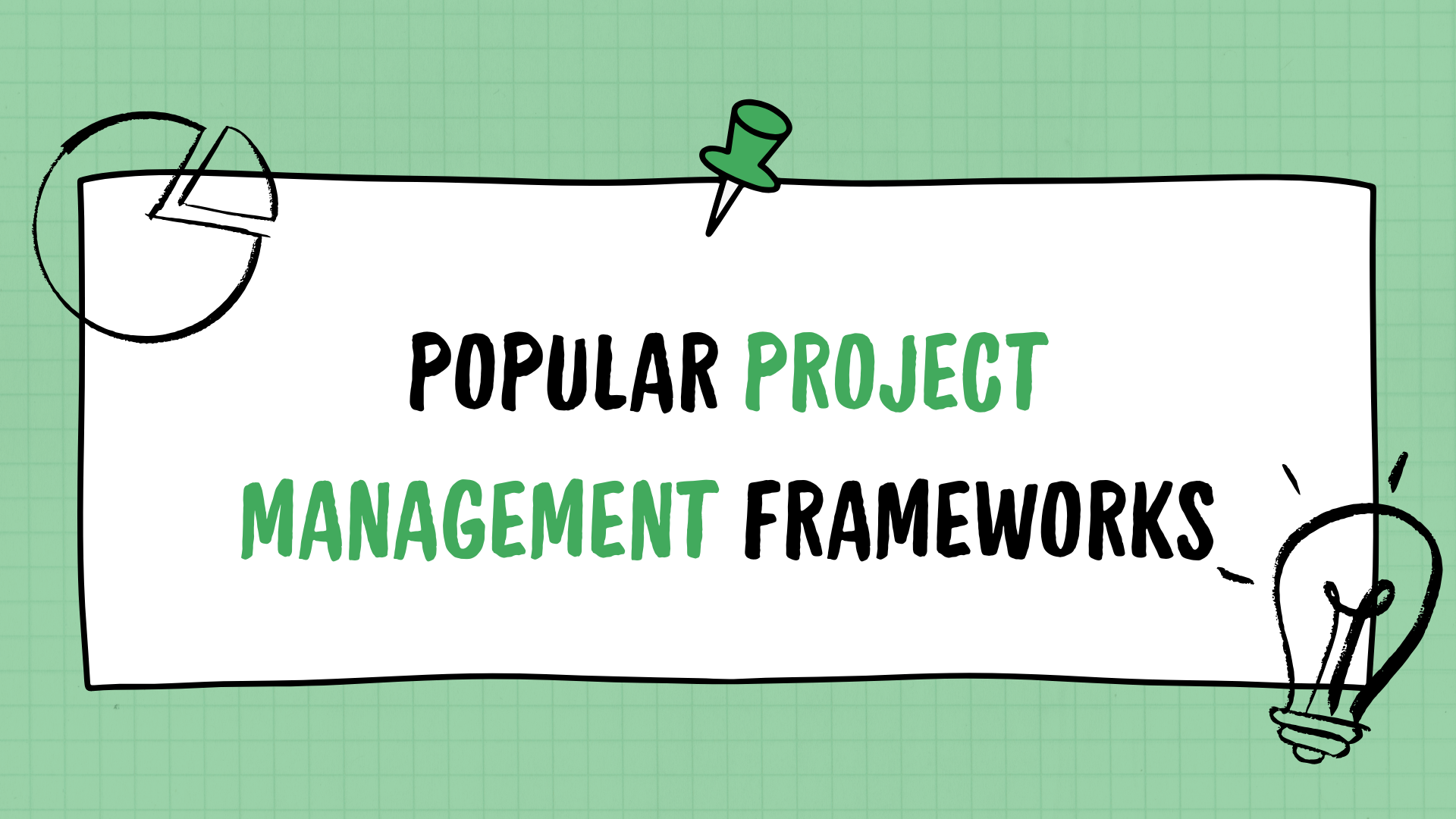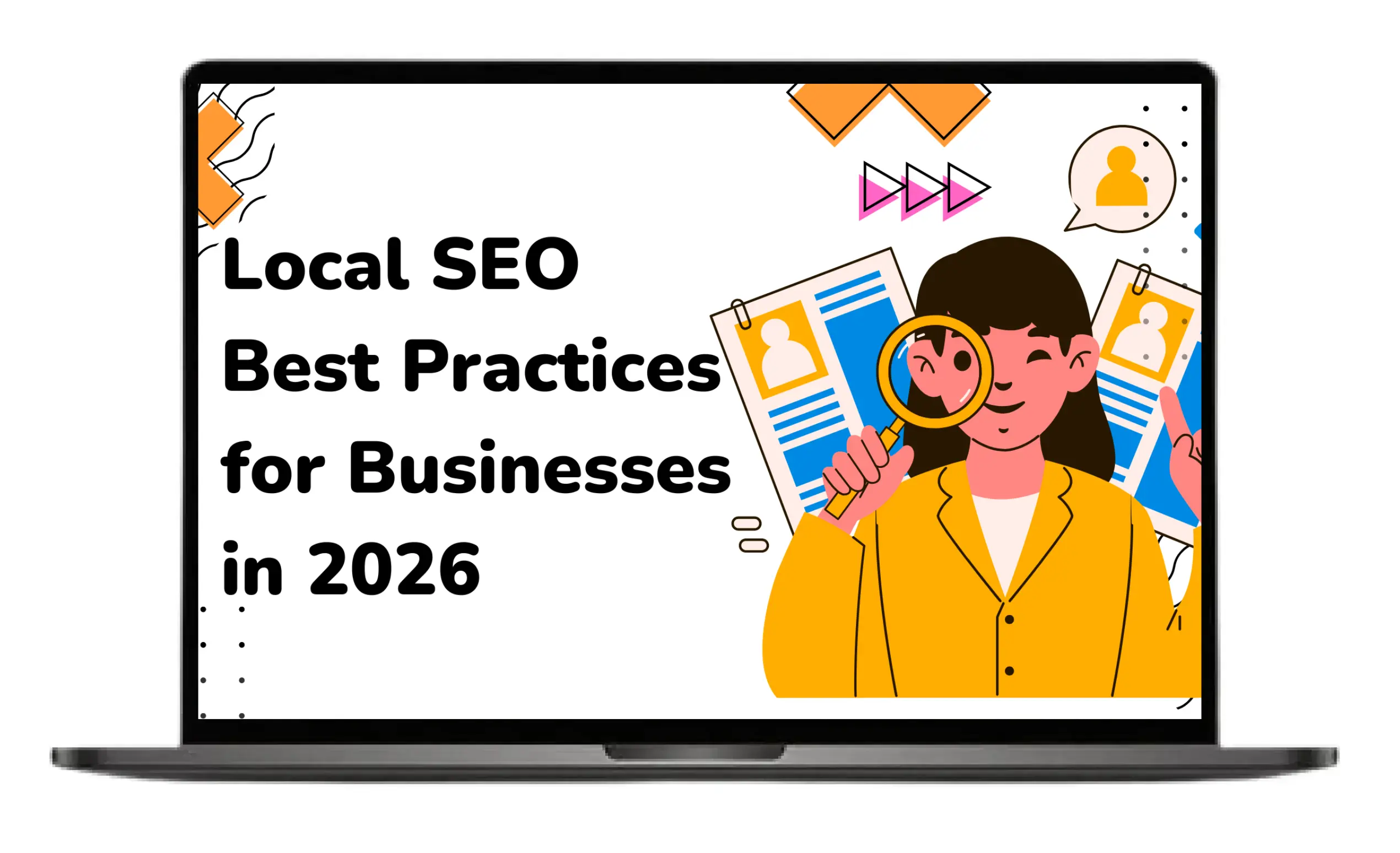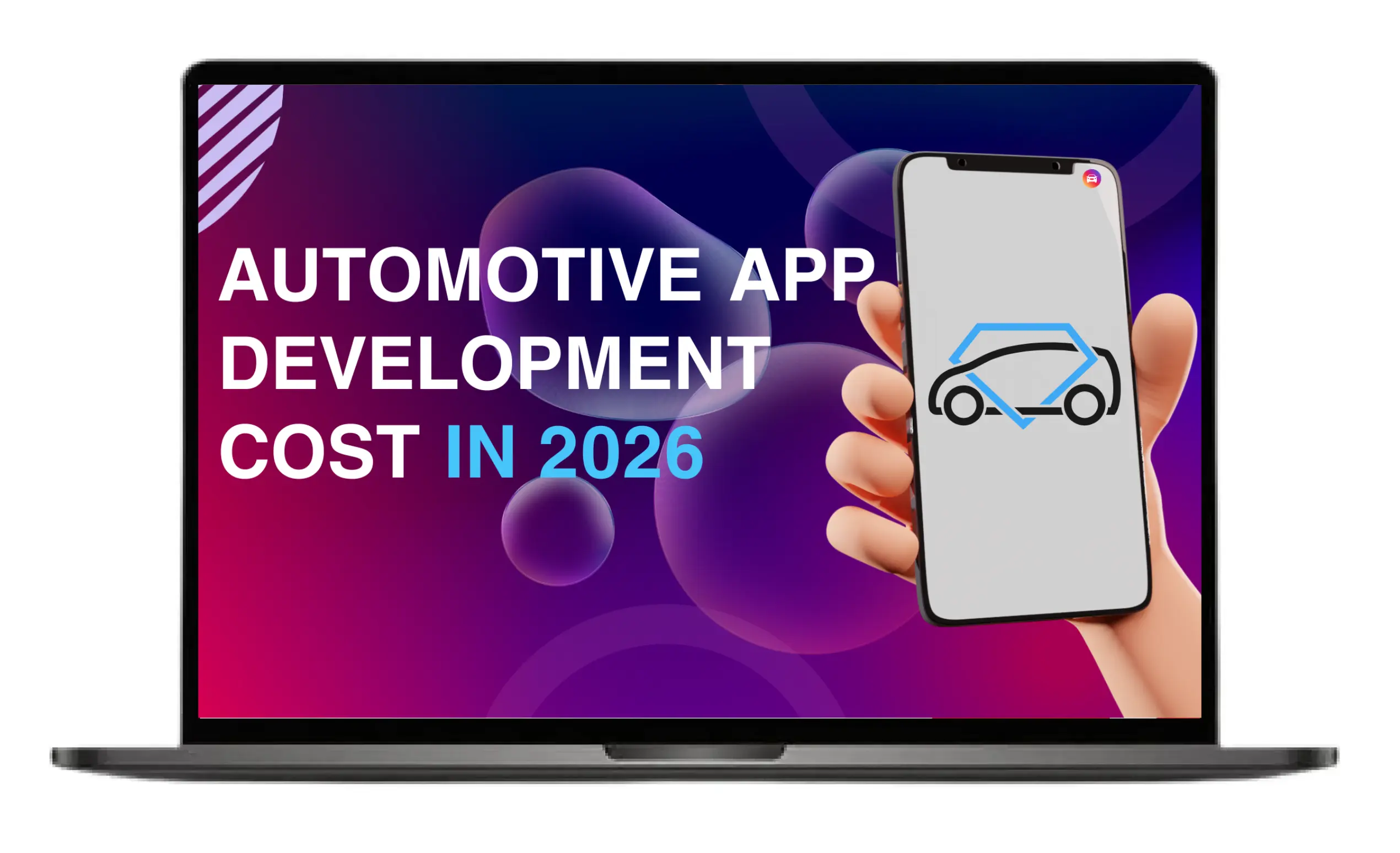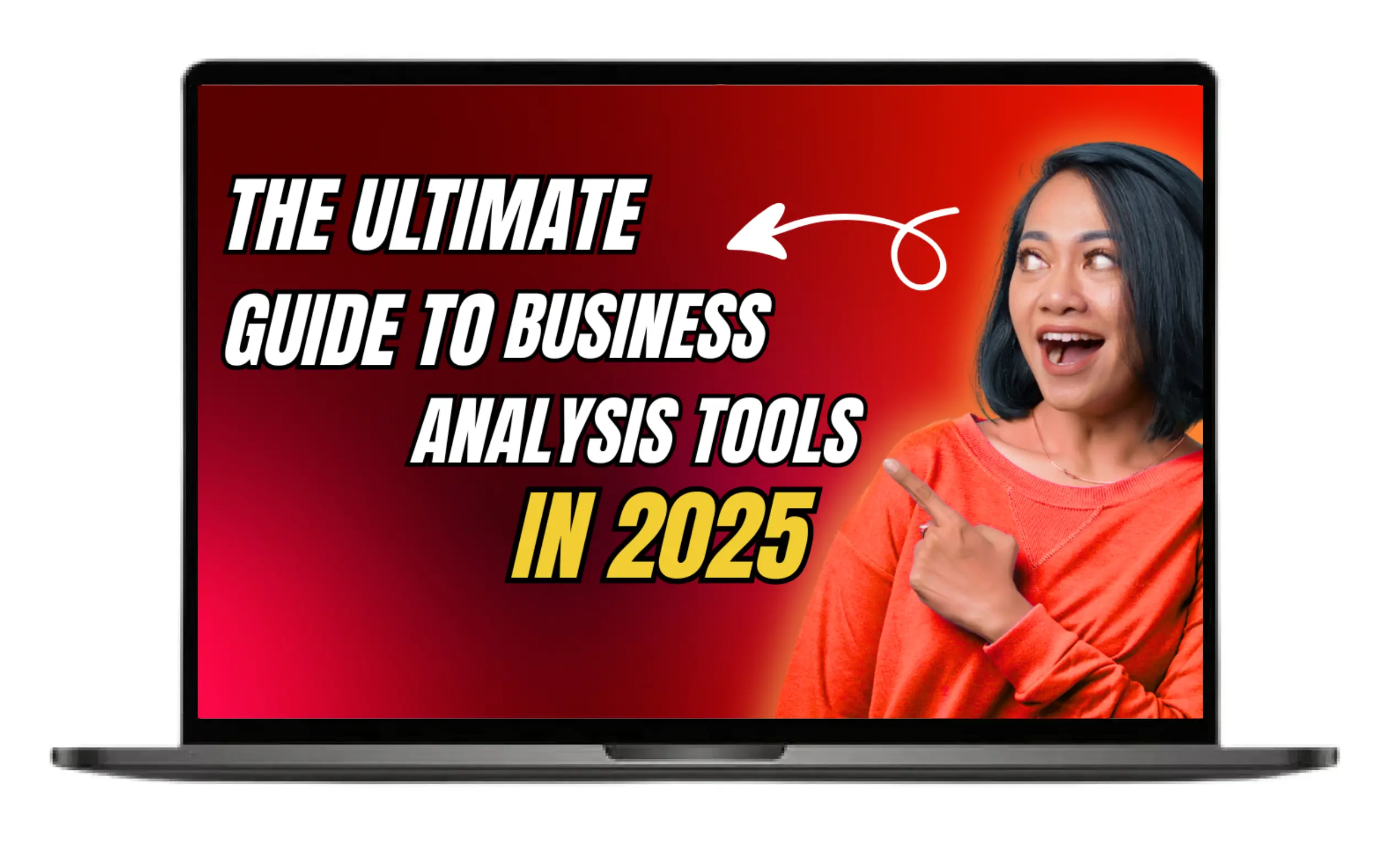_1759830449.webp)
Do you not know that 70 percent of projects fail due to poor management and the absence of clear plans? That is why a project management framework is important. It provides organization, enhances teamwork, and keeps everything on track. At Red Star Technologies, we believe that such a framework makes complex projects look simple and successful.
This blog will explain the key elements of a project management framework, the best frameworks, and the best practices to select the right project management framework for your project.
What is a Project Management Framework?
A project management framework is the fundamental framework on which projects are planned and implemented. It involves straightforward processes, mechanisms, and policies to complete a project to the end.
One example would be the PMBOK model (Project Management Body of Knowledge) that provides standard practices adopted globally. Another popular model is the PRINCE2 framework, which is common in Europe and emphasizes processes and control.
There is a distinction between project management methodology and project management framework. A methodology (such as Agile or Scrum) provides a particular way of working. A framework, however, provides the general outline that underlies any methodology.
The 7 Key Elements of a Project Management Framework
Any project requires organization. In their absence, work will become a puzzle, deadlines will be missed, and expenses will be increased. An effective structure directs the project step-by-step. The following are the seven important ingredients that make it work:
Project Governance & Organization Structure
Governance is the starting point of every project. This involves establishing rules, roles, and decision-making paths. A project governance model identifies the project control. Project sponsor is a high ranking leader who offers support, funds, and guidance. A steering committee of managers looks at progress occasionally and ratifies massive changes.
A RACI matrix is often used to make roles clear within teams. RACI is an acronym that means responsible, accountable, consulted, and informed. It depicts who does the work (Responsible), who makes final decisions (Accountable), who gives advice (Consulted), and who is updated (Informed). This helps to save time and avoid confusion.
Scope, Objectives, and Requirements Management
The second step is to establish what the project will deliver. A project scope statement details the limits of what is covered and what is not covered. The requirements are recorded in a requirements traceability matrix; this is a simple table with the requirements listed and the means by which they are satisfied.
One of the issues that occurs is scope creep, which occurs when additional tasks are introduced without authorization. This prolongs and increases the costs of projects. In order to prevent this, managers establish SMART goals (Specific, Measurable, Achievable, Relevant, Time-bound). These make the project realistic and focused.
Work Breakdown Structure (WBS)
After defining the scope, the task is divided into smaller units. This is referred to as a Work Breakdown Structure (WBS). It is a table or a list that demonstrates the project broken down into tasks and sub-tasks.
There are two main styles. A deliverable-driven WBS is result-oriented (e.g., "completed website design file). A decomposition WBS concentrates on activities (such as designing a website mockup). One can easily create a WBS template.
Timeline, Schedule, Critical Path
Once tasks are clear, a timeline is created. The methods of project scheduling put tasks in their proper sequence. A Gantt chart refers to a graphic chart indicating start and finish dates.
The Critical Path Method (CPM) emphasizes the list of activities that have a direct influence on the project completion date. Delay of any task in the critical path delays the entire project. Managers also work out milestones (significant checkpoints) and balance workloads fairly using resource leveling.
Risk Management and Mitigation Strategy
Every project faces risks. A project risk register is a document that includes all potential risks and responses. The risk assessment matrix prioritizes risks based on their impact (high/low) and likelihood (likely/unlikely).
Qualitative risk analysis is also used by teams to concentrate on the most important risks. On the side, managers maintain a fallback budget- additional time or funds to meet unplanned issues.
Communication/Stakeholder Engagement Plan
Good communication is key. A communication plan template in the project will describe the people who require updates, the frequency, and the mode of communication. The stakeholder analysis matrix indicates the high-influence players and those who require minimal updates.
The frequency of communication determines the number of reports or meetings. An escalation path guarantees that large issues are sent to the correct leader promptly. PMI (2023) notes that projects that have formal communication plans achieve their budget 28 times more frequently.
Continuous Improvement, KPIs, and Success Criteria
Measuring success is the last and final step. Examples of project success criteria are completing within the budget, on schedule, and fulfilling client needs. KPIs (Key Performance Indicators) are measurable in numbers, including cost variance or customer satisfaction.
Post-project review verifies what succeeded and what is not working after the end of the project. The lessons are also written in a lessons learned register in order to prevent the same errors in future projects.
Popular Project Management Frameworks
The following are a few popular project management frameworks:

1- Agile
Agile aims at flexibility and speed. The work is broken into brief cycles (sprints), where feedback and improvements are continuous. It is better in projects with changing requirements.
2- Scrum
Scrum is a type of Agile. It involves short teams, stand-up meetings each day, and fixed sprint cycles. It assists teams to provide working results within a short time.
3- Kanban
Kanban involves the usage of a visual board where tasks are separated into columns such as To Do, In Progress, and Done. It is easy and makes work transparent.
4- Lean Project Management
Lean aims at minimizing waste and maximizing value. It is effective and can be used in manufacturing and process improvement initiatives.
5- Waterfall Framework
The waterfall is sequential and linear. One stage (planning, design, build, test, deliver) is accomplished, and then the next. It is most suitable when the project is fixed.
6- PRINCE2 Framework
PRINCE2 (Projects in Controlled Environments) is procedural. It involves careful planning, recording, and effective governance. This framework is commonly applied in government and corporate work.
7- PMBOK Framework
The PMBOK (Project Management Body of Knowledge) provides international standards and best practices. It is not a rigid approach; rather, it is a roadmap that helps numerous industries.
8- Critical Path Method (CPM)
CPM focuses on scheduling. It determines the longest chain of activities (critical path) that establishes when the project will finish. This framework is great for complex projects.
9- Hybrid Framework
Hybrid integrates Agile flexibility and Waterfall planning. It strikes a balance between control and flexibility. It is ideal in large projects that require structure and changes as well.
Why a Solid Framework Matters for Modern Businesses
A framework is not a luxury to a modern business. It is the pillar that makes projects structured, transparent, and successful.
A project management framework helps companies avoid mistakes and delays. It helps decrease the project failure rate by maintaining goals and teams on track. A robust framework also enhances project ROI since it utilizes the time and resources in a better way. It guarantees timely delivery, which develops trust in clients, and is also cost-efficient.
The 8 Best Practices to Choose a Project Management Framework
The following are a few best practices that you must follow to choose the right project management framework:
- Begin by establishing the definition of success in your project. A proper framework is selected with clear objectives.
- Simple projects can require a systematic approach, whereas complex projects can be flexible. Always align the framework with the level of uncertainty of the project.
- Determine whether your team is familiar with Agile, Waterfall, or Hybrid. They should be fitted with a framework that does not overload them.
- There are stakeholders who are comfortable with constant changes, and those who require stability. Select a model that suits them.
- Strict documentation is necessary in industries such as healthcare, construction, or finance. Choose a structure that satisfies legal and regulatory requirements.
- When you are faced with tight deadlines and a limited budget, a lightweight approach is the best. With larger budgets, one can afford detailed process-heavy structures.
- There are companies that have inclinations towards the flexible, team-oriented approaches and companies that embrace formal governance. The culture and maturity of the Project Management Office (PMO) should be accommodated in the framework.
- Your framework should be backed by your tools, be it Agile boards, Gantt charts, or reporting dashboards. Integration is time-saving, and it eliminates manual work.
How Red Star Technologies Can Help You
We simplify project management at Red Star Technologies. Our professionals will assist you in selecting the appropriate project management model to use in your company. We assist in the establishment of tools, templates, and processes that align with your objectives, group, and budget.
We discuss every step, starting with the development of clear governance models, and then smart schedules and risk plans. We also offer dashboards, reporting systems, and templates that are ready to use in order to make your projects visible and monitor them.
You save time, risks, and delivery rates with our help. Collaborate with Red Star Technologies to make complex projects a predictable success.
FAQs
1. Why is a project management framework important for businesses?
It minimizes failure, enhances teamwork, and ensures that projects stay on schedule. In its absence, a majority of projects are slow and cost more than they should.
2. Which is better: Agile, Waterfall, or Hybrid?
There is no "one best." Agile is used in fast-changing projects, Waterfall in structured projects, and Hybrid when you need both flexibility and control.
3. Do small and medium businesses really need a framework?
Yes. Even small groups can prevent confusion, monitor progress, and provide better outcomes without additional expense with the help of a simple framework.
4. How do I know if my current framework is effective?
When projects are completed on schedule, on budget, and to client expectations, then your framework works. In case delays and scope creep continue to occur, then it is time to update.
5. How does Red Star Technologies support project management frameworks?
We develop structures that align with your business objectives. Since installation and training to the interfaces and dashboard, we assist you to execute projects clearly and confidently.



















